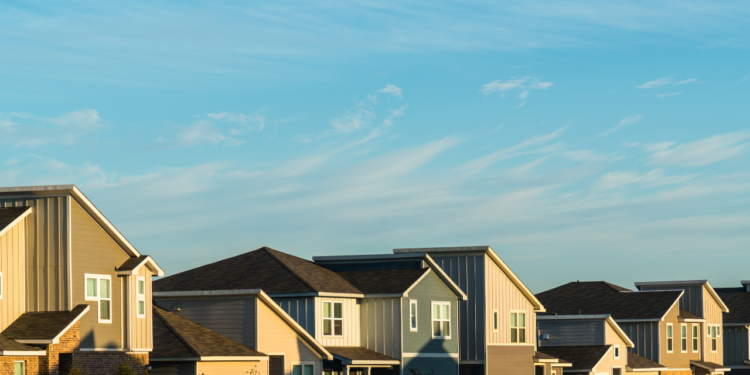What’s going on:
As employers urged employees to go back to their offices, the influx of remote workers to rural areas during the pandemic gradually diminished.
The trend of city-to-country migration has shown signs of reversing in the past year, with people opting for places closer to metropolitan areas.
In fact, security firm Kastle Systems reported that, for the first time since the pandemic started, more than half of the workers in major metropolitan areas went into the office at least once from January 18th to 25th.
Why it matters:
However, the housing crisis caused by remote workers’ presence in smaller towns is persisting, including skyrocketing home prices and housing shortages.
While the remote worker exodus would typically provide relief for the housing marketing, residents and officials in popular rural communities say that there has yet to be any reprieve from the vast housing shortage.
How it’ll impact the future:
Despite the seeming drop in demand and the slowing of the housing market, developers continue to construct dwellings that are out of the financial reach of most local residents, according to Kaitlin Myers, executive director of the Moab Area Community Land Trust.
As a result, the economic and societal impact of remote workers will likely come to the forefront. While these professionals certainly have a place in bolstering local economies, everyday residents are blocked from reaping their community’s growth.


 Dr. Gleb Tsipursky – The Office Whisperer
Dr. Gleb Tsipursky – The Office Whisperer Nirit Cohen – WorkFutures
Nirit Cohen – WorkFutures Angela Howard – Culture Expert
Angela Howard – Culture Expert Drew Jones – Design & Innovation
Drew Jones – Design & Innovation Jonathan Price – CRE & Flex Expert
Jonathan Price – CRE & Flex Expert











